 8
8

Clothing made using printed cotton feed sacks. Image courtesy of the Museum Of Texas Tech University.
Cotton and Thrift: Feed Sacks and the Fabric of American Households
June 25-December 15, 2019
The Museum of Texas Tech University, Lubbock, Texas
A new exhibit has opened up at the Museum of Texas Tech University in Lubbock, Texas featuring a wide sampling of the almost 6,000 objects from the Museum’s printed cotton research collection. “Cotton and Thrift: Feed Sacks and the Fabric of American Households,” a companion exhibit catalog of the same name is also available through the Museum Store, Amazon and TTU Press. In case you can't make the exhibit, Curator and author, Dr. Marian Ann Montgomery, will share fascinating tidbits from the exhibit and book during the Monday, October 28th luncheon at this year’s International Quilt Festival in Houston.
The exhibit, which opens with the earliest white cotton sacks, includes examples of how resourceful women transformed this simplest of materials into embroidered towels, children’s clothing and undergarments. During WW I white cotton sacks filled with flour were part of the American relief efforts for the people of German occupied Belgium. As a thank you for Americans, the women of Belgium decorated these sacks with embroidery. A rare example of this work is on display and not to be missed.
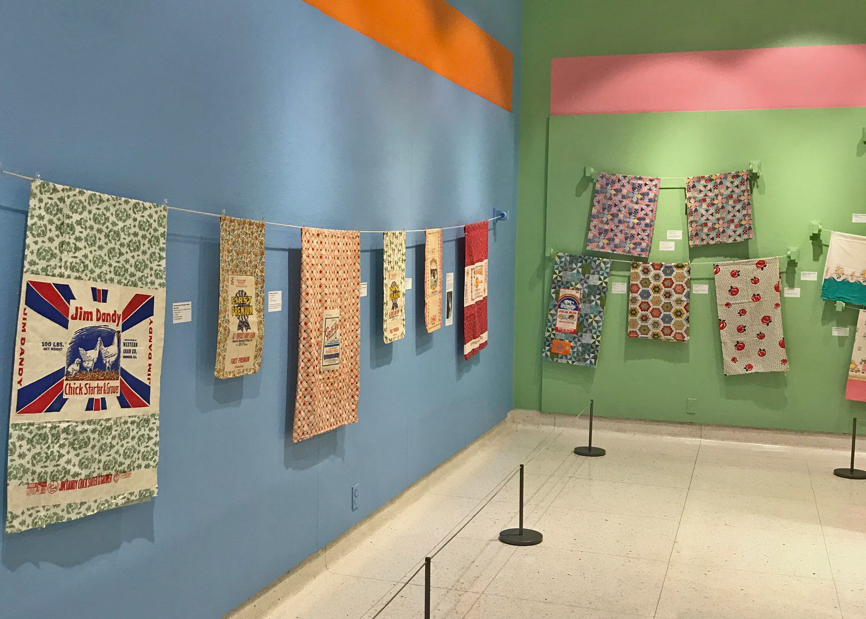
Examples of printed cotton shacks. Image courtesy of the Museum Of Texas Tech University.
The 1920s saw the experimentation of one cotton sack company to offer of a pink gingham bag, of which an example is on exhibit, but this idea never expanded to anything further. Pretty pastel colored cotton sacks, called Tint-Sax, came onto the market in the early 1930s as a way to encourage their reuse as embroidered towels, aprons or children’s garments.
By 1937 companies began offering beautiful fabric prints on cotton sacks as an encouragement for women to buy their brand of flour, sugar, chicken feed, etc. vs. in cotton sacks instead of paper. This was particularly important in Texas where a cotton surplus existed. The Dallas Morning News, among other publications, encouraged women to demand products in cotton sacks as a way of giving back to their fellow Texans in the cotton industry work. Imagine—free quilting fabric that was beautiful and served as a method of giving people jobs!
The imaginative fabric designers—many of which were in New York City, ran free and large numbers of beautiful fabrics were created. Some sacks were printed with borders that worked as pillow cases or café curtains, others were just for children and still others featured aspects of the ideal life in the north or the south. Some manufacturers printed their sacks with toy or doll patterns that could be cut from the fabric and stuffed for children.

Examples of printed cotton feed sack quilts. Image courtesy of the Museum Of Texas Tech University.
Much of this ‘free fabric’ was turned into quilts, with feed sack fabric being used for both the blocks on the front as well as the backing of the quilt. Other uses of creative feed sack use in the exhibition include garments and aprons.
The carefully selected 1930s apple green gallery walls coordinate beautifully with the colors of the quilts and other items on display. The Museum’s collection includes over 3,000 examples of the various prints used for the sacks and as many as possible are part of this special exhibit.
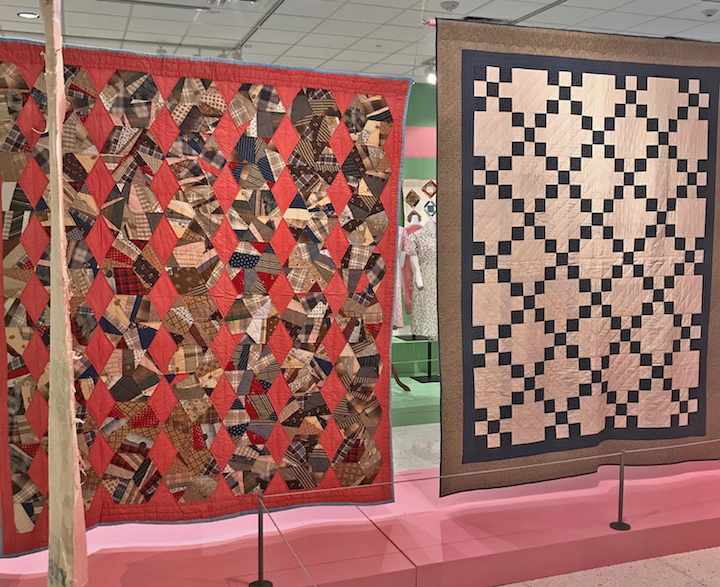
Image courtesy of the Museum Of Texas Tech University.
The bulk of the Museum’s collection of printed cotton sacks came from the California collector, Pat L. Nickols. Also included in this exhibit are pieces from other members of the American Quilt Study Group, Quilters Guild of Dallas and the South Plains Quilt Guild of Lubbock.
The exhibit catalog was generously underwritten by funding from Moda/United Notions and the CH Foundation.
https://thequiltshow.com/component/search/?searchword=Texas%20Tech&ordering=newest&searchphrase=exact&limit=20
Learn more about the Clothing and Textiles Collection at the Museum of Texas Tech University.

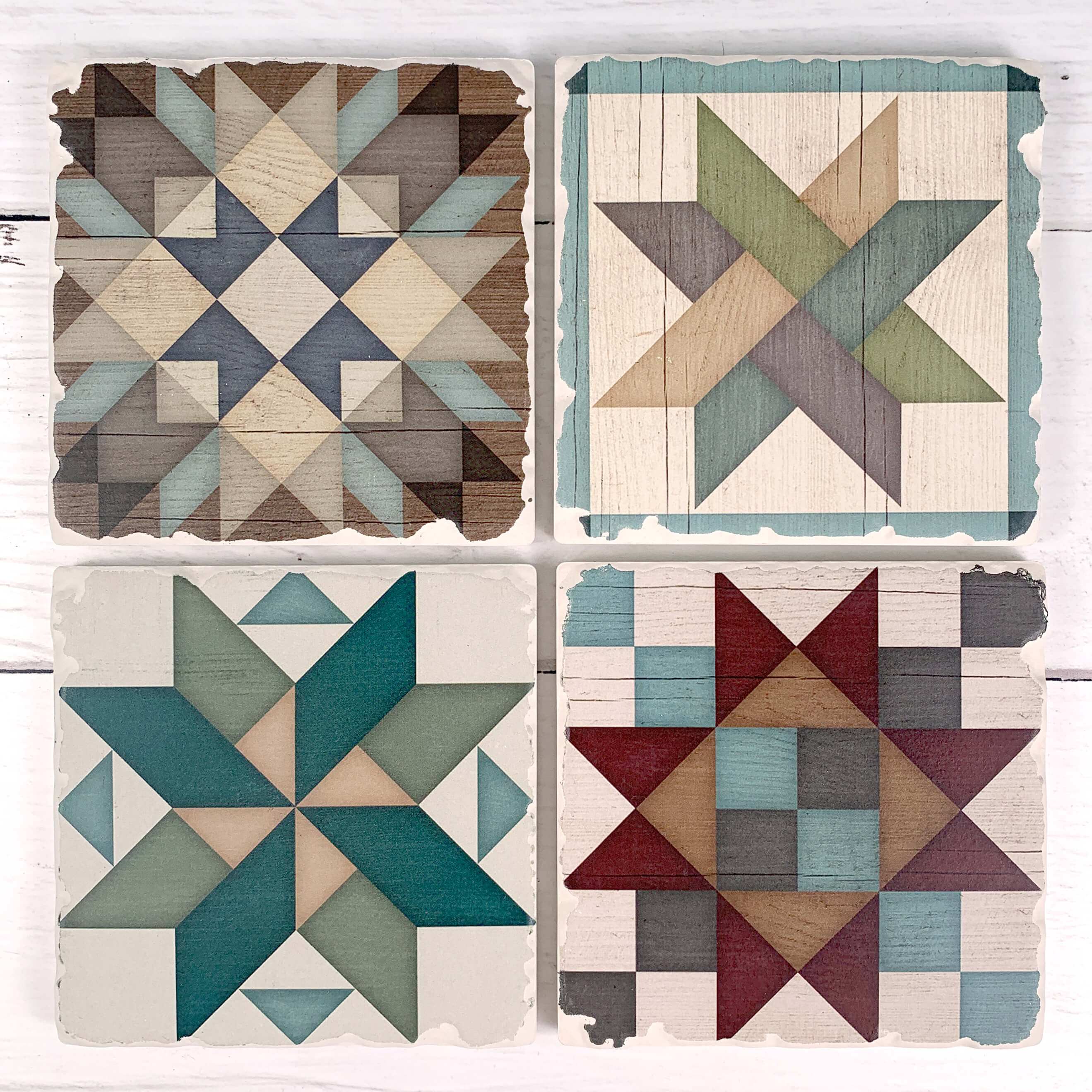




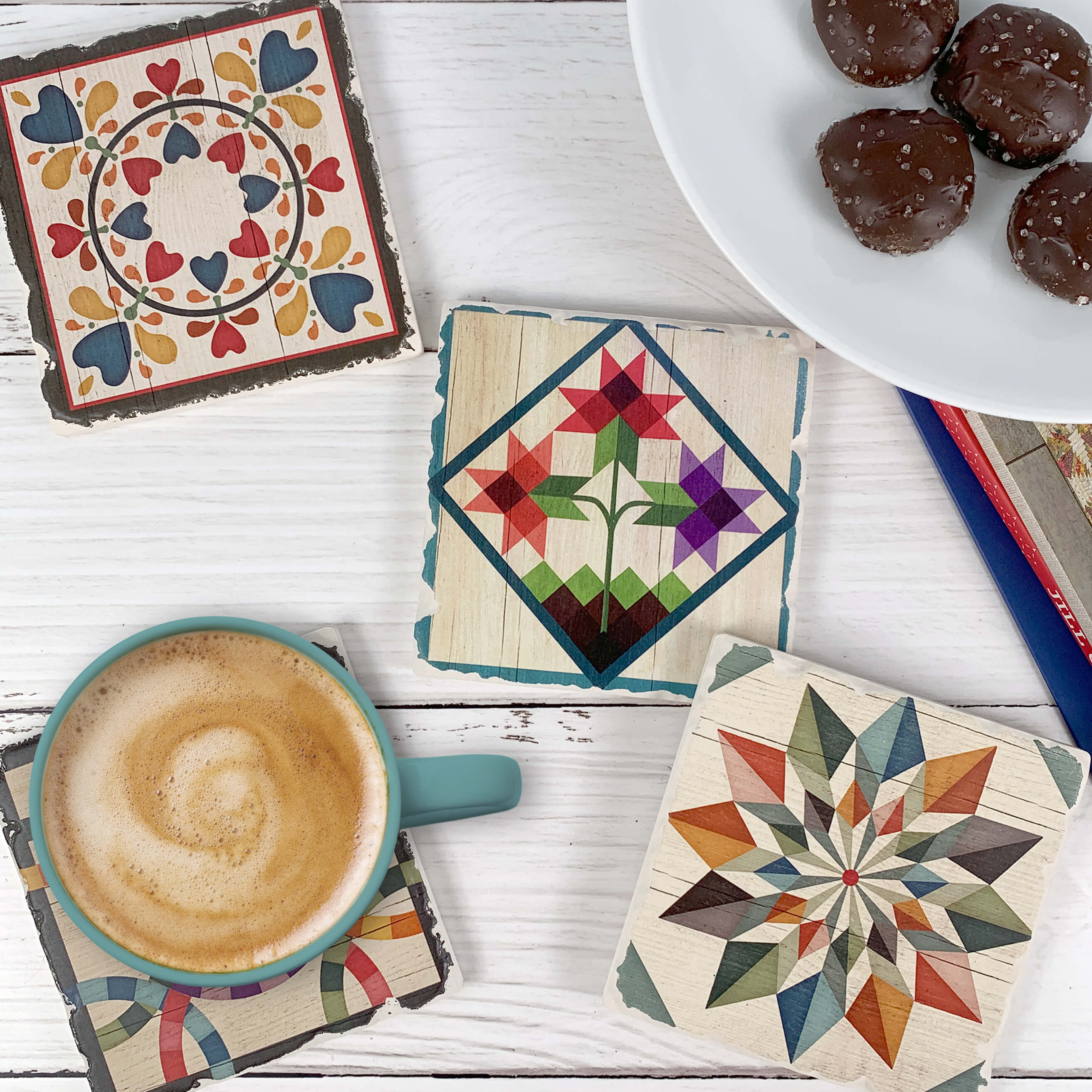
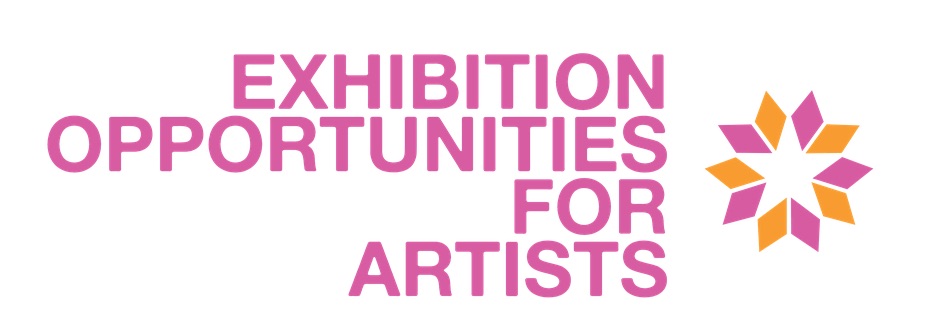 Information from the Museum:
Information from the Museum: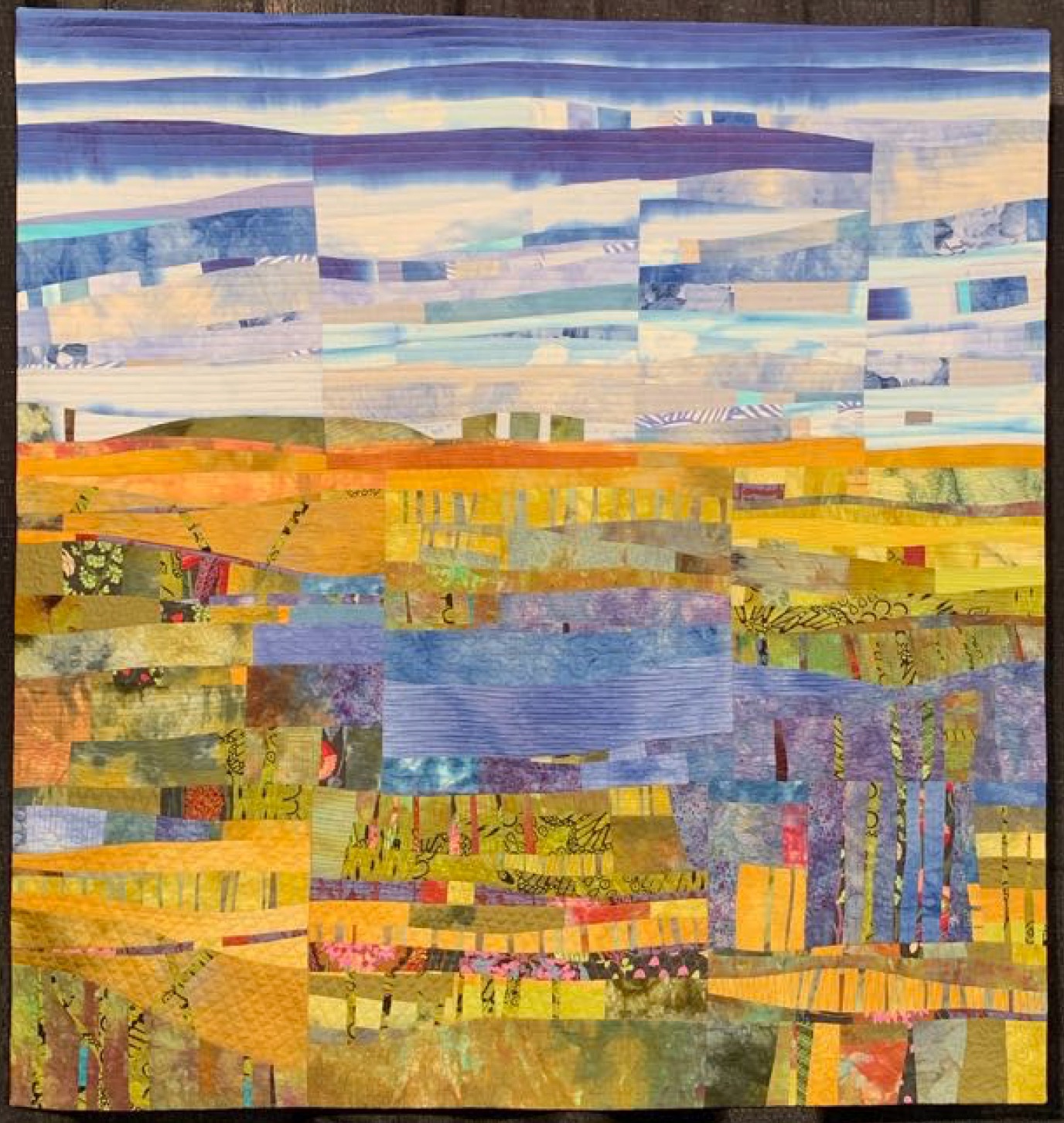
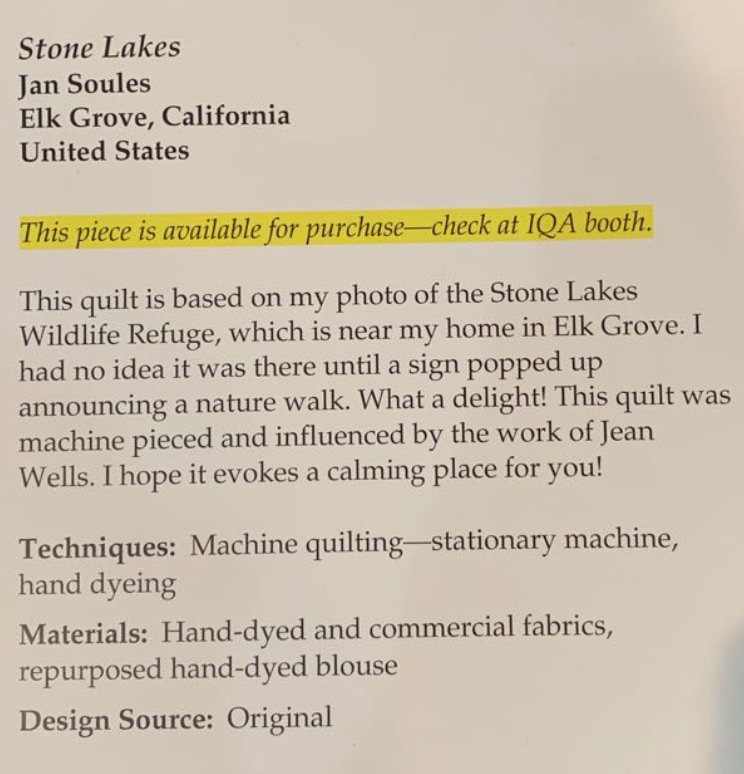
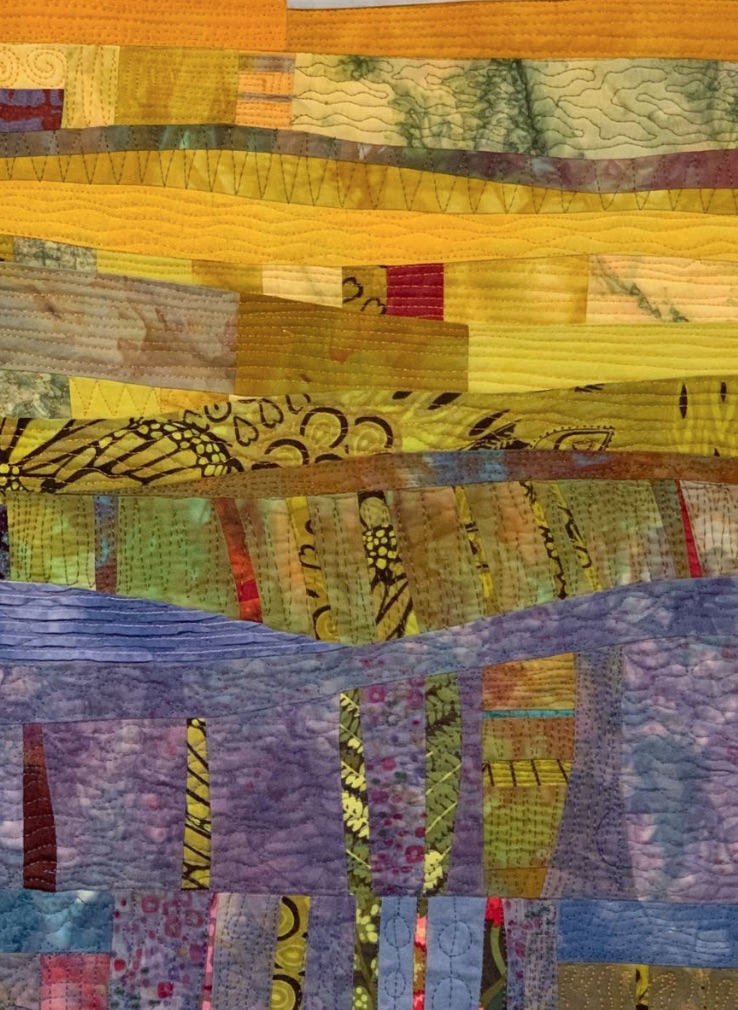
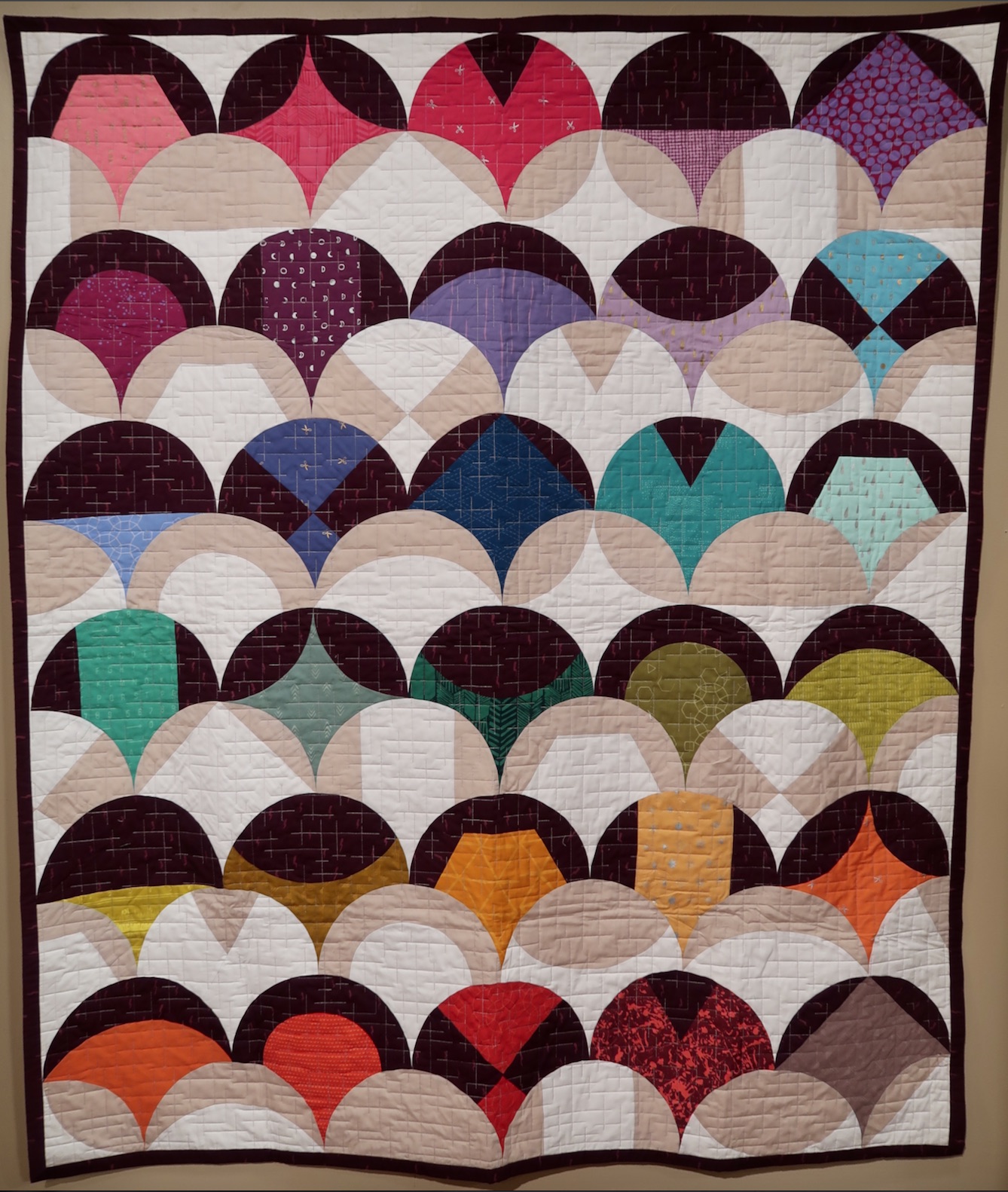

.jpg)

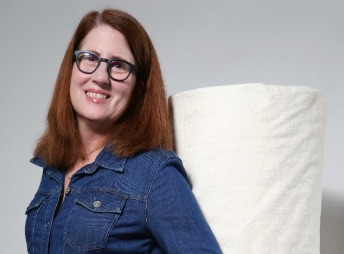
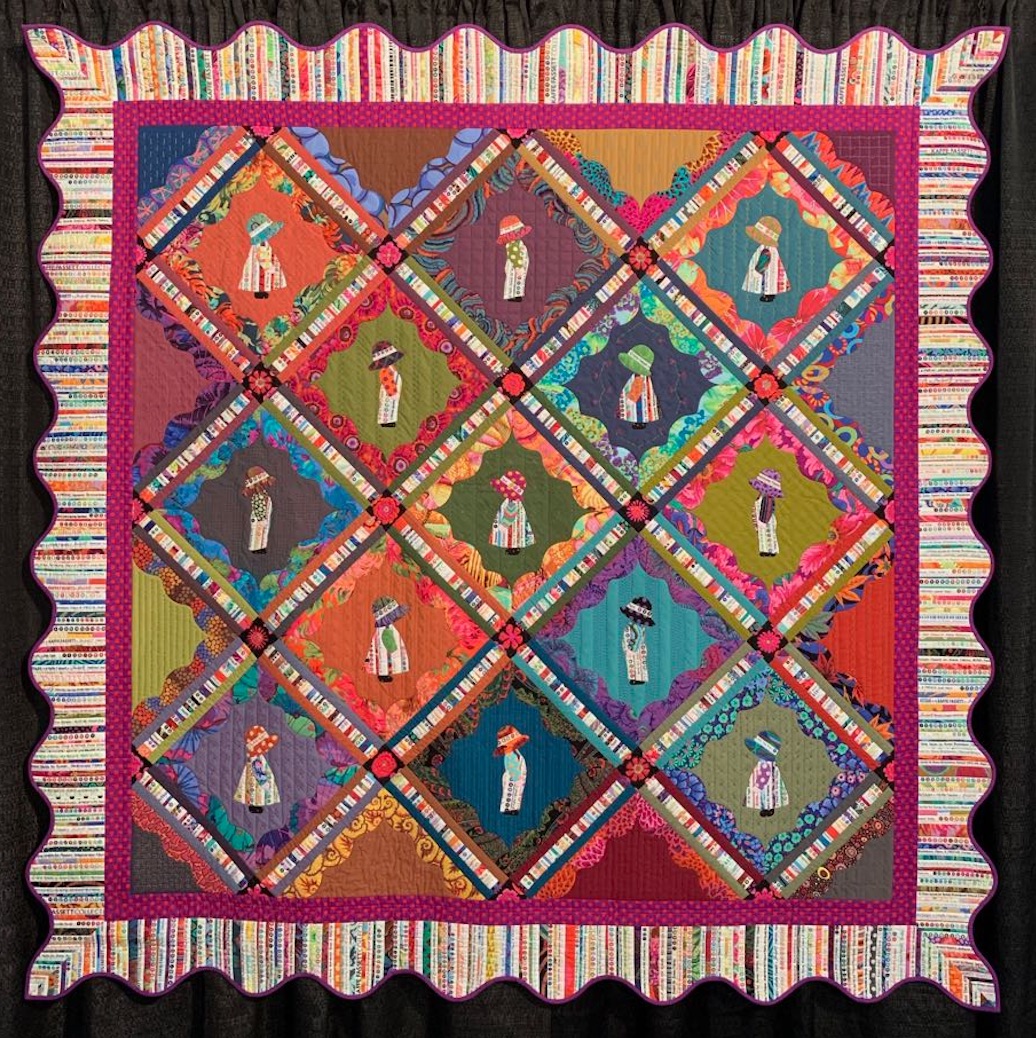
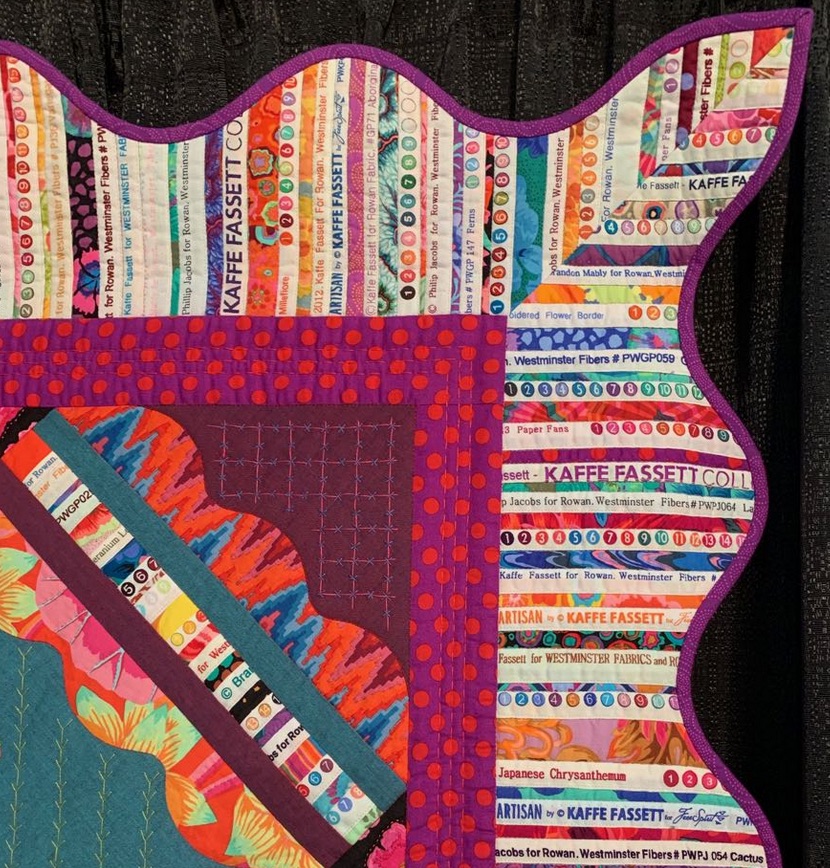
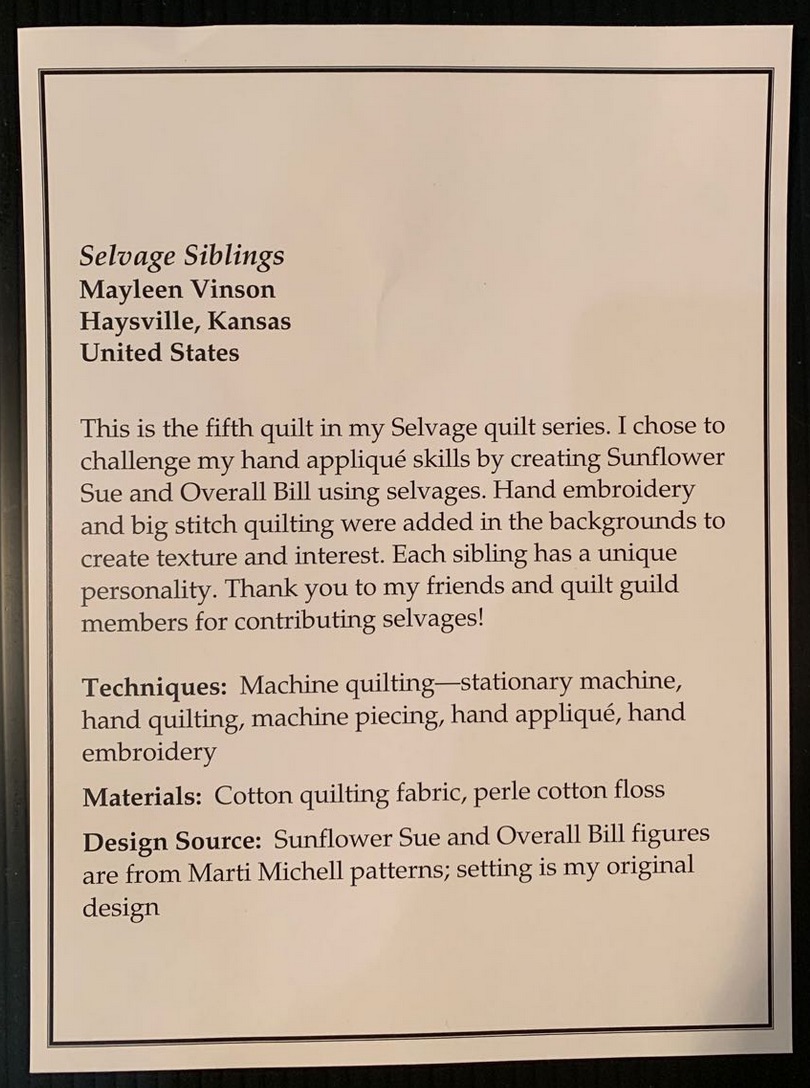
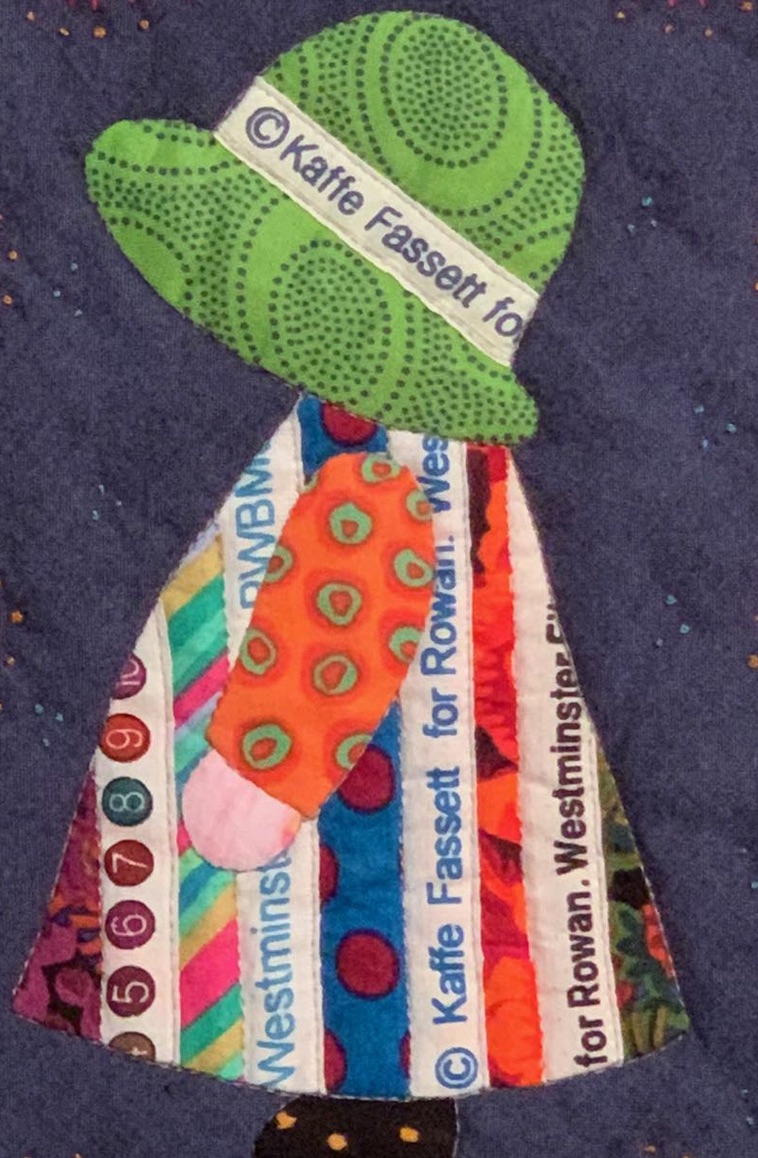


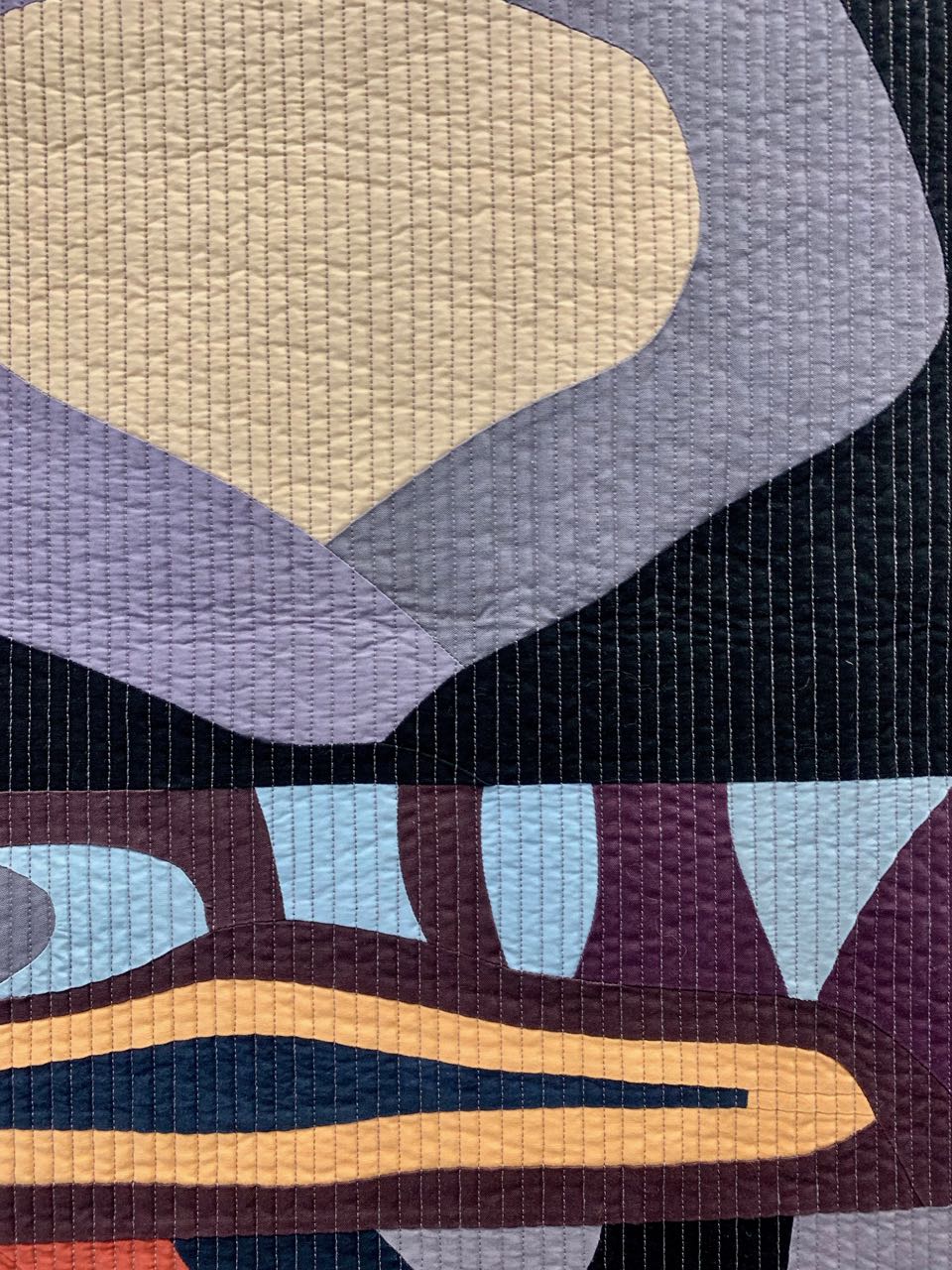
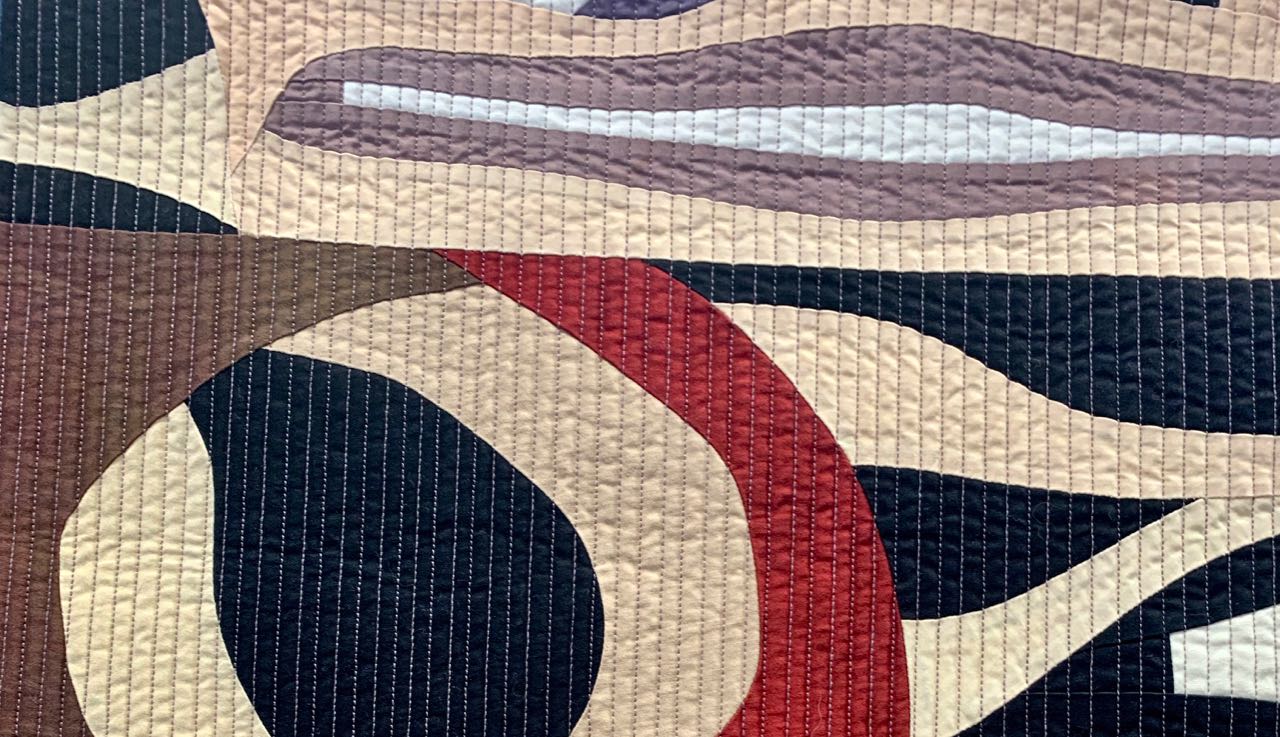






.jpg)


